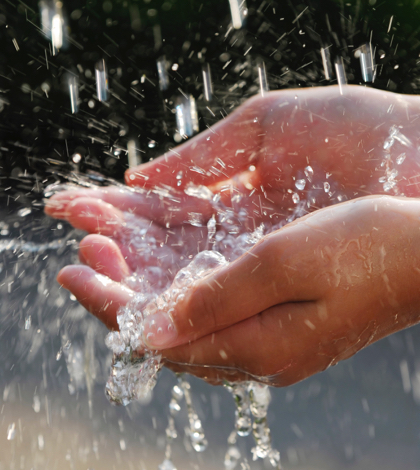Stanford is partnering with water districts in Los Angeles and Sonora to capture rainwater as a means of addressing the California drought. According to researchers, not capturing rainwater is flushing the state’s water supply and security down the drain. This could be part of a solution to reduce water shortages as well as runoff laced with pesticides and other chemicals that can contaminate beaches and other animal habitats.
“Meeting water needs in the future is going to depend a lot on how we reuse water and what we do with storm water,” said Richard Luthy, professor Civil and Environmental Engineering professor at Stanford and senior fellow at the Stanford Woods Institute for the Environment.
Researchers say conservation alone will not meet the demands of the state’s growing population. Capturing and reusing rainwater in San Francisco and Los Angeles, however, can meet the indoor water demand for 10 million people annually.
Los Angeles will rely on rainwater for 10 percent of its water supply over the next 20 years. This is part of the city’s goal of reducing the amount of water it imports.
Professor Luthy is partnering with the Los Angeles Department of Water and Power to identify an abandoned quarry of 50 acres. They would then turn that area into a storm water capture and treatment facility.
So far, the city has put $28 million toward the purchase of the site and $20 million toward the construction. In addition, DWP and the city’s Bureau of Sanitation and Department of Public Works will study the system for three years.
In Sonora, the team is working with members of UC Berkley to outfit a building at the Sonoma Valley Wastewater Treatment Plant to study and test a number of processes that would remove nutrients and contaminants from rainwater. The two teams are also identifying areas best suited for storm water capture, treatment and groundwater recharge systems.
“Our water resources are being more and more constrained and strained,” said Kent Gylfe, principal engineer with Sonoma County’s water agency. “We want to be more innovative and make the best use of our resources.”
Ideally, the sites in Sonoma would be used as a model for the public. The idea is to show residents that they too can capture rainwater with minimal upkeep. The area that’s chosen will also double as parkland and recharge underground aquifers and restore ecosystems.
 California Water News Daily Your Source For Water News in California
California Water News Daily Your Source For Water News in California


